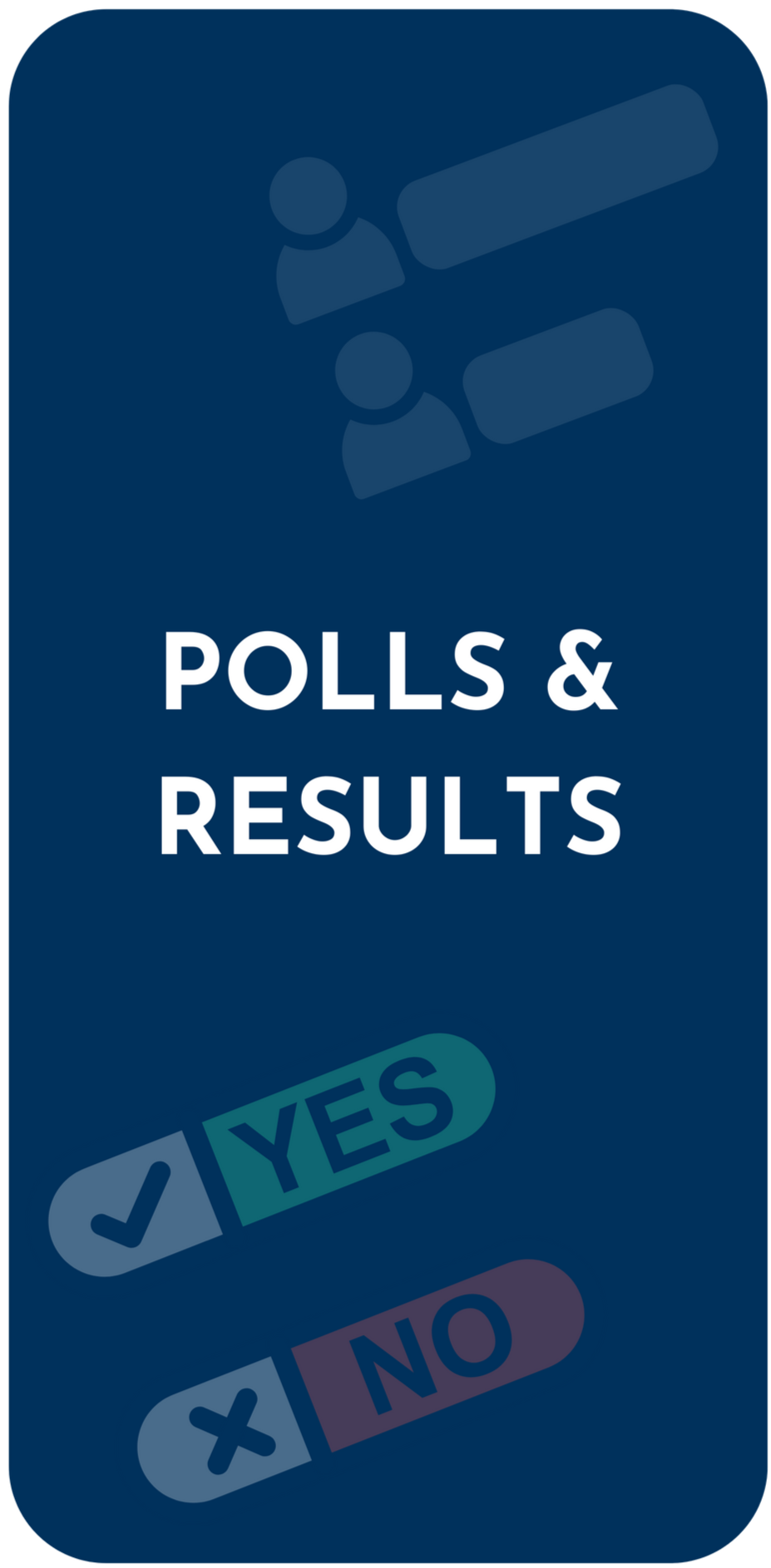
NEWS OF THE MONTH

Under the AODA, designated public sector organizations, including municipalities, agencies, boards, commissions, and other organizations identified in Schedule 1 of Ontario Regulation 191/11 or Table 1 of Ontario Regulation 146/10, must file an accessibility compliance report every two years. The current deadline is December 31, 2023.
If you have 20 or more employees, and your organization is not included in the report of another organization, such as a ministry or municipality, you must report as a business or a non-profit organization.
THE LEGAL CORNER
“Can I see your phone?”: The legalities of the Mike Babcock affair
FEDERAL

- Addressing gaps and introducing consistent standards in OHS regulations, aligning them with international best practices and select U.S. requirements.
- Imposing maximum exposure limits related to nanomaterials, thermal stress, non-solar UV radiation, and radon.
- Amendments to the Hazardous Substances section of five OHS regulations, addressing outdated issues.
The Proposed Regulations would come into effect upon publication and would introduce penalties for non-compliance through amendments to the Administrative Monetary Penalties Regulations. The government is inviting public input and feedback on these Proposed Regulations
until November 27, 2023.

Addressing gaps and introducing consistent standards in OHS regulations, aligning them with international best practices and select U.S. requirements.
Imposing maximum exposure limits related to nanomaterials, thermal stress, non-solar UV radiation, and radon.
Amendments to the Hazardous Substances section of five OHS regulations, addressing outdated issues.
-
Extension of enhanced notice provisions to employees working from home during mass terminations, as specified in the ESA.
-
Enhanced leave provisions for reservists, allowing them leave for circumstances related to physical or mental health issues arising during deployment or training activities.
-
Strengthened protections for foreign nationals, including more stringent licensing requirements for recruiters.
-
An increase in fines under the OHSA, raising the maximum penalty from $1.5 million to $2 million.
-
Changes to the government’s regulation-making authority, enabling them to specify the written information that must be provided to employees and prospective employees.This information may include details about rates of pay, work location, and hours of work, laying the groundwork for future regulations to establish these requirements.

BRITISH COLUMBIA

Additionally, depending on employee count, employers will be obligated to complete and post annual pay transparency reports by November 1st of the years 2023-2027 (on a staggered basis). See the link below for specific company size requirements. These reports will provide detailed insights into the compensation structure within the organization and are said to be a key tool in promoting pay equity.
As per the new rules, continuous masking is mandatory for health-care workers, visitors, contractors, and volunteers in all patient, client, and resident care areas. These rules apply to facilities run by provincial health authorities and long-term care homes.
SASKATCHEWAN

Saskatchewan legislature passes controversial
pronoun bill
ALBERTA

Andrew Sennyah, a senior policy analyst at CFIB, emphasizes that regardless of profit and business size, payroll taxes are non-negotiable. Unlike corporate income taxes, which apply only to profits, payroll taxes can pose challenges for small businesses by increasing costs and complicating planning. These taxes can also contribute to red tape, making it difficult for smaller enterprises to navigate the complex payroll tax system and associated paperwork, which could lead to price increases and lost sales for some businesses.
The report highlights Alberta’s advantageous position with the lowest effective payroll tax rate in Canada, offering a competitive advantage for businesses in the province.
NOVA SCOTIA

Minimum Wage Increases Across Multiple Provinces in October
Manitoba: Effective Oct. 1, 2023, the minimum wage will rise to $15.30.
Ontario: Effective Oct. 1, 2023, the minimum wage will rise to $16.55 per hour from $15.50 per hour. The special minimum wage rates will also increase for:
- Students under the age of 18, who work 28 hours a week or less when school is in session or work during a school break or summer holidays, from $14.60 to $15.60 per hour.
- Homeworkers (those who do paid work out of their own homes for employers), from $17.05 to $18.20 per hour.
- Hunting, fishing, and wilderness guides, from $77.60 to $82.85 per day when working less than five consecutive hours in a day, and from $155.25 to $165.75 per day when working five or more hours in a day.
Nova Scotia: Effective Oct. 1, 2023, the minimum wage will rise to $15 per hour from $14.50.
Prince Edward Island: Effective Oct. 1, 2023, the minimum wage will rise to $15 per hour from $14.50.
BLOG

PREVIOUS POLL
- 28 Weeks 27%
- 26 Weeks 34%
- 18 Weeks 22%
- Other 17%
ACTIVE POLL
-
November 27, 2023
-
December 31, 2023
-
January 21, 2023
-
March 22, 2023
Q&A RECORDINGS

CHRIS DENDYS
Executive Director
Results Canada






